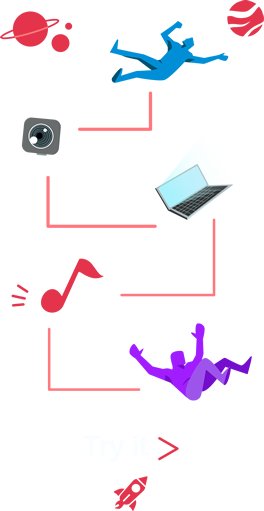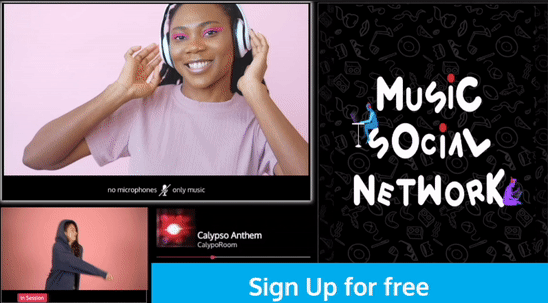What factors contribute to the virality of a song?
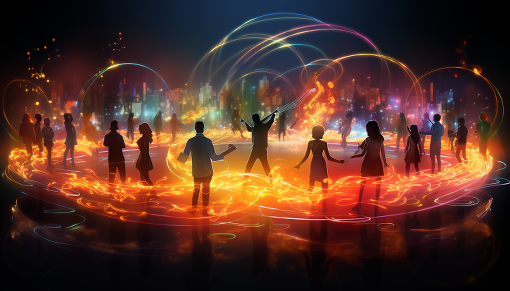
Table of content
What factors contribute to the virality of a song? - Introduction
Imagine a song that not only gets stuck in your head but also brings us all closer together. That's what we call a "connecting song.”
It's the kind of tune that seems to reach out and touch the heart of everyone who listens, creating an invisible thread that ties us all into a single, shared moment.
Music has this magical power, you see, to act like glue, bonding people together whether they're in the same room or across oceans.
Music has the unique ability to express emotions that words alone cannot capture, creating a universal language that resonates deeply within our hearts.
Now, why talk about all this? Well, because understanding how a song can turn into a worldwide hug can teach us a lot about each other and the tunes we tap our feet to.
This article is here to dig into that puzzle, to explore every corner and edge of what makes a song truly connect and catch fire, spreading from ear to ear, heart to heart, until it's everywhere.
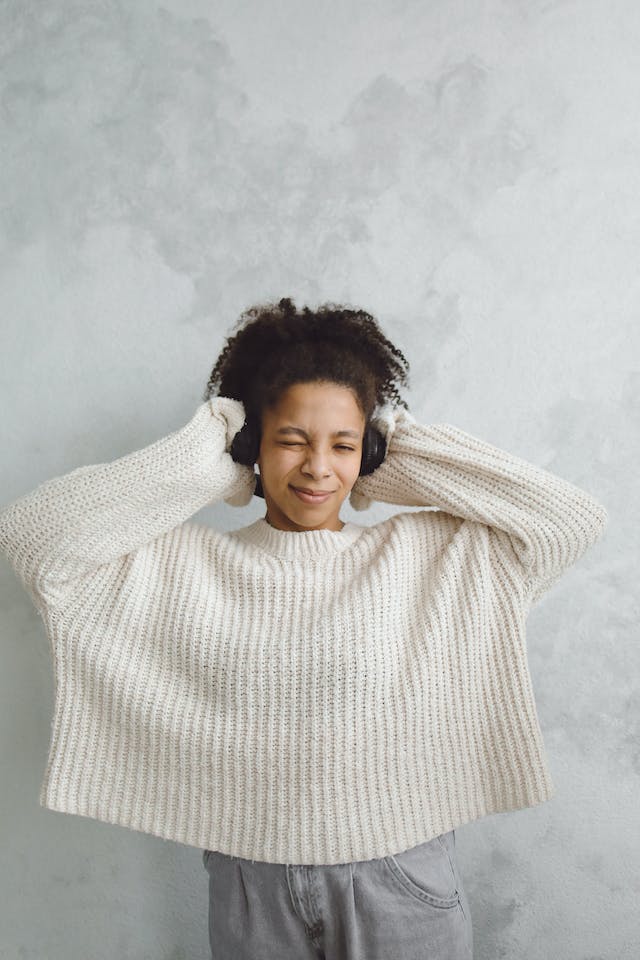
KEY TAKEAWAYS
Catchy Melodies and Relatability: Songs with a catchy melody and relatable lyrics tend to stick in our minds, encouraging us to share and play them repeatedly, which is a key ingredient in their potential to go viral.
Social Media as a Catalyst: Platforms like Instagram and TikTok have revolutionized music promotion, enabling artists to connect directly with listeners worldwide and allowing songs to spread quickly across diverse audiences.
Streaming and Algorithms: The shift from physical albums to streaming services, coupled with recommendation algorithms, has significantly altered how we discover and consume music, making it a more personalized experience.
CalypsoRoom's Shared Experiences: CalypsoRoom takes listening to music to a communal level, where people can experience songs together in real-time via webcams, potentially playing a pivotal role in the viral spread of music.
Artist and Fan Dynamics: Engagement between artists and fans, particularly through live streams, virtual concerts, and fan-created content, has become a crucial element in boosting a song's popularity and fostering a dedicated fan base.
The Anatomy of a Viral Song
Have you ever caught yourself humming a tune you just heard once? That's the magic of a catchy melody.
Think of it like the song's fingerprint – it's unique and what makes you remember a tune.
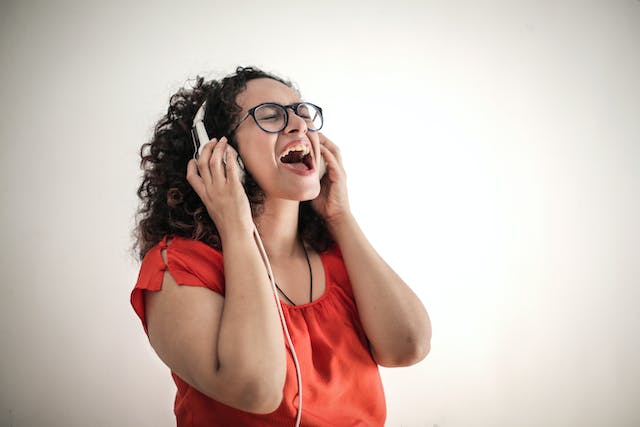
Now, mix that catchy tune with lyrics that speak to you. When a song tells a story you can see yourself in or expresses feelings you've had, it's like the songwriter is reading your mind.
That's relatability. And when you relate to a song, you're more likely to share it, talk about it, and play it over and over.
Don't forget the beat! A song that gets your foot tapping or makes you want to dance is onto something. Rhythm and danceability are big-time players in the viral game.
Emotional resonance is the secret sauce, though. When a song hits you right in the feels, it's unforgettable. That emotion ties everything together and makes the song something more than just music—it's an experience.
Interestingly, Ricky Montgomery's song "Mr Loverman" became a massive hit on TikTok long after its release, showing how a song can find a second wind and go viral years later.
It racked up over 130K videos on TikTok, showing that the right platform can give a song endless life.
This stat highlights how powerful these elements are when combined, making a song not just heard, but felt and shared across the world.

The Role of Social Media and Platforms in Song Virality
Social media has become a powerhouse, supercharging the music industry by helping songs travel faster and further than ever before.
Now, platforms like Instagram and TikTok have torn down those walls, giving artists a direct line to listeners all around the globe.
It's not just about posting songs, though. Social media lets musicians chat, share stories, and even livestream their music-making process, making fans feel like they're right there in the studio.
This kind of up-close and personal interaction builds a bond between artists and fans that wasn't possible before.
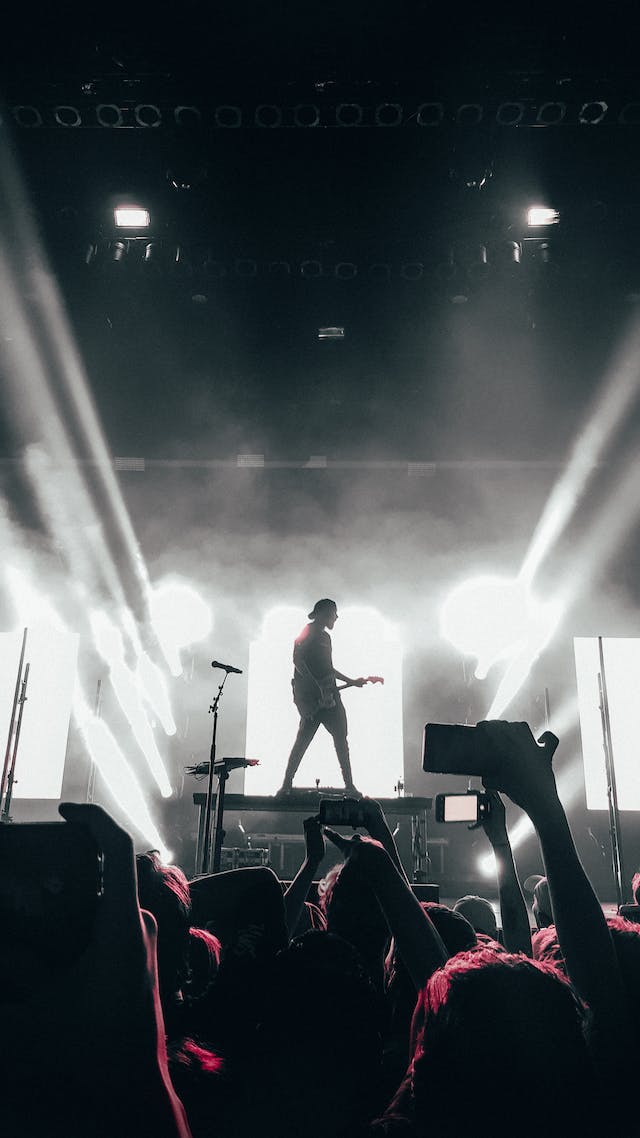
The role of music in shaping social interactions, such as in online dating, exemplifies its power to connect people across diverse platforms and experiences.
And it's not all about the big stars. Social media levels the playing field, allowing new artists to shine without breaking the bank on marketing.
What's really cool is how artists from different corners of the world can now team up without ever meeting in person, creating hits that blend genres and cultures.
Plus, social media's data tools let musicians see who's listening and what fans like, helping them make smarter decisions about their music.
In short, social media isn't just changing the game; it's rewriting the rules. It's a world where a great song and a smart post can start a wave that carries an artist from a bedroom studio to international fame.

Technological Advancements and Music Consumption
The music scene has truly transformed with the rise of streaming services. Gone are the days when owning a physical copy of an album was the norm.
Now, millions of songs are just a click away, and people are subscribing to these services in droves.
Algorithms—those smart bits of code on streaming platforms—play DJ by suggesting songs you might like, based on what you've already enjoyed.
These recommendations have become crucial, guiding listeners through an ocean of choices and often leading to the discovery of new favorites.
Technological advancements, especially in streaming services, have revolutionized how we discover and interact with music, tailoring our listening experiences to our personal preferences.
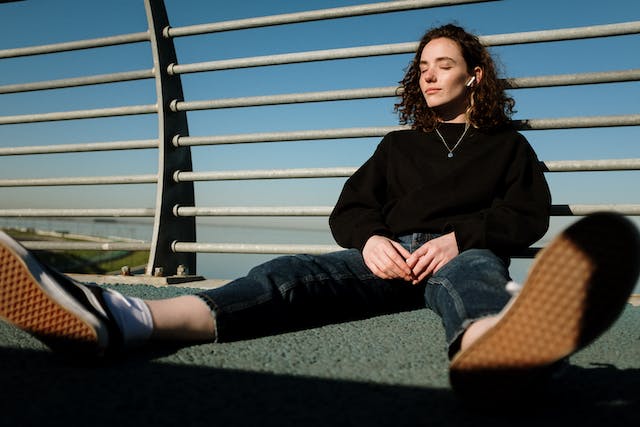
Interactive features are the cherry on top, boosting how we engage with music.
While specifics are tricky to nail down without access to the latest stats, it's known that features like creating and sharing playlists, liking songs to influence recommendations, and even social integration, where you can see what friends are listening to, keep listeners tuned in and more involved than ever before.
The shift to streaming, smart algorithms, and cool interactive features aren't just changing how we listen to music—they're changing how we connect with it, making every play, pause, and skip part of a larger, shared experience.
The CalypsoRoom Phenomenon
Step into the world of CalypsoRoom, a cool spot on the internet where people from all over can come together to enjoy music.
Think of it as a virtual room where you can share your favorite tracks with friends or strangers, with everyone listening to the same beat at the same time.
It's like having a personal DJ session for a global audience, without anyone having to leave their house.
But here's the twist: CalypsoRoom lets you see who you're jamming with through a webcam feature. It's not just about sharing tunes; it's about sharing the whole vibe, seeing the nods, the foot-taps, and the all-out dance moves.
This shared listening experience is powerful – it turns music into a communal event, almost like being at a live concert with others.
And when it comes to making a song go big, CalypsoRoom has some serious potential. Imagine a catchy tune starting in one of these rooms, with every nod, tap, and dance seen by others.
It feels personal, like you're part of something special. That feeling can make a song spread like wildfire because when we're part of an experience, we want to talk about it, share it, and keep the party going.
CalypsoRoom epitomizes the essence of music as a connecting force, bringing together individuals from all corners of the globe in a shared, harmonious experience.
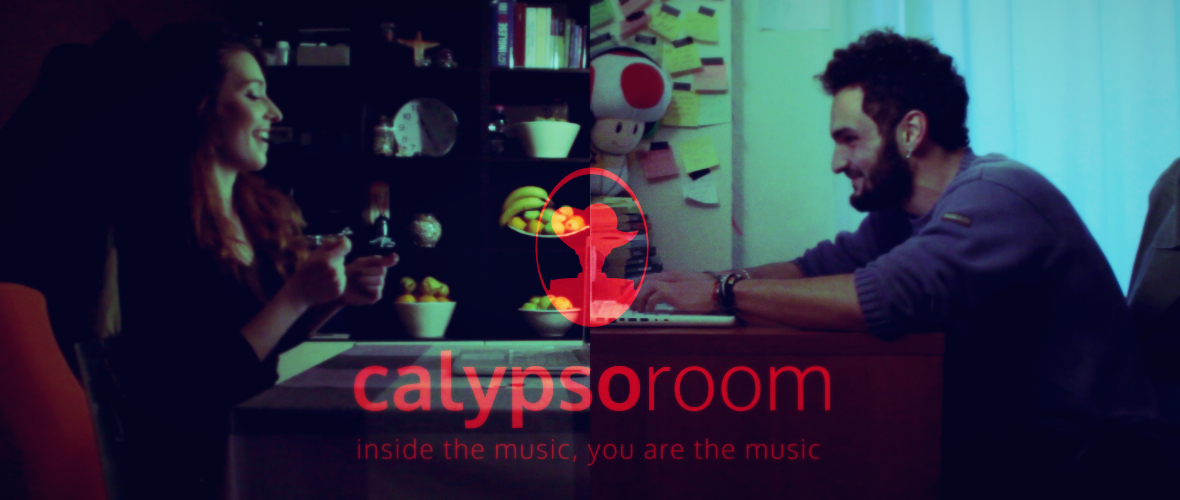
Community and Cultural Factors
These groups, each with their unique tastes and preferences, are essential in music promotion. They're like the roots of a big tree, keeping it steady and feeding it to grow.
For instance, niche genre communities are quite open and often reach out to other genres, with about 53% of their interactions bridging across different musical worlds.
Then, there's the undeniable sway of cultural trends. Pop culture is the big umbrella that covers our collective likes and habits, and it's got a massive influence on music.
Just look at how platforms like Spotify and TikTok have changed the game. Spotify, with its 165 million subscribers, has changed how music is created and shared, nudging artists to ditch CDs in favor of digital releases.
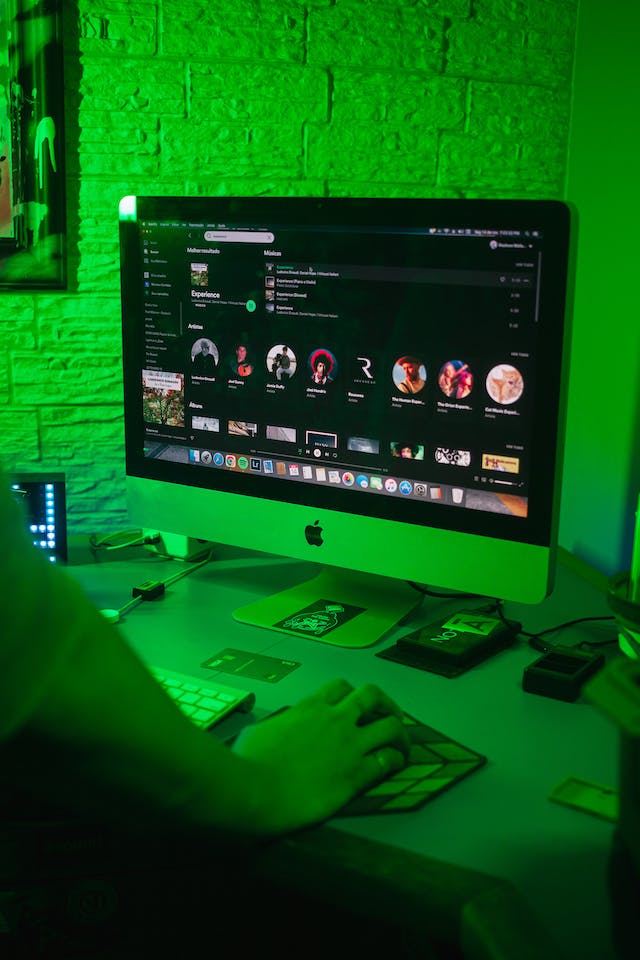
And TikTok? With a billion users monthly, it's the new powerhouse for music marketing, even shaping how music is made.
Global events can't be ignored either. Take the COVID-19 pandemic as an example. It was a curveball that shook the whole world, including the music biz.
Yet, despite more time at home, people actually spent less time listening to music, and the overall spending on music dropped by more than 45% in Germany, a key music market.
Music doesn't just exist; it reflects and is shaped by our communities, cultures, and the events that touch us all.
Historically, music has been both a reflection and a driver of societal changes, mirroring the evolving cultural landscapes in which it exists.
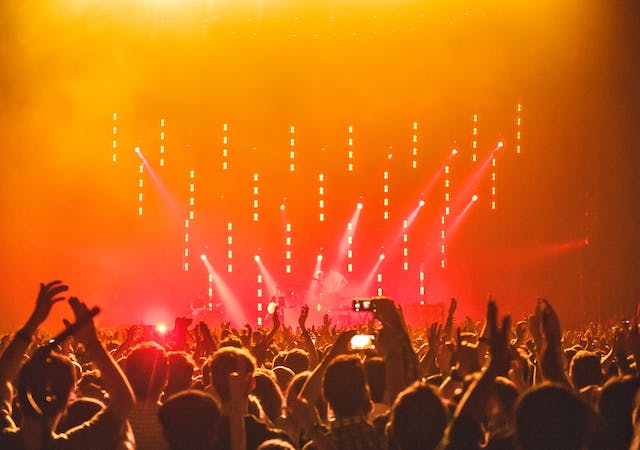
Artist-Fan Interaction
When artists take the time to connect with fans, it's like adding fuel to a fire. That little 'like', comment, or tweet from an artist can turn a regular listener into a super fan who'll share their music far and wide.
Live streaming and virtual concerts have taken this to a whole new level, breaking down the walls between the stage and the audience.
And let's not forget the fans themselves; when they create and share videos or covers of their favorite songs, they're not just showing love, they're spreading the song's reach like wildfire, often bringing it to new ears and new places.
This two-way street of interaction isn't just nice to have; it's a powerful tool for artists to grow their music's popularity.
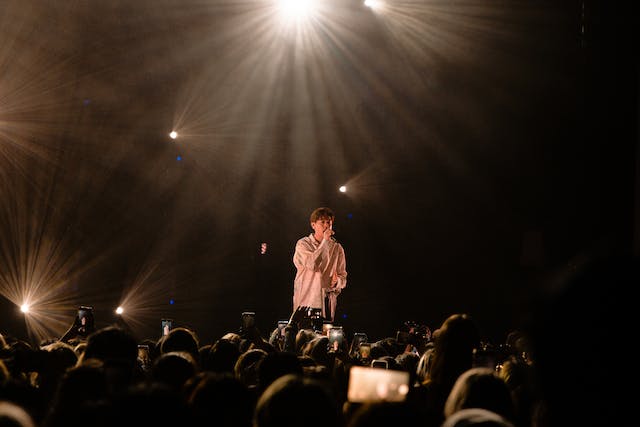
What factors contribute to the virality of a connecting song? - Conclusion
In wrapping up, embracing CalypsoRoom is more than just tapping into a music sharing platform; it's joining a movement that's reshaping the music experience.
This platform isn't just where songs are played; it's where they're felt, shared, and lived.
With its unique webcam feature, CalypsoRoom turns every stream into a shared moment, amplifying the joy of music in real-time.
In a world where connection is currency, CalypsoRoom offers an invaluable space to not just listen to music but to be part of a collective beat.
Dive in, share your favorite tracks, and be at the forefront of what could very well be your song's journey to virality.
Thanks for reading,
The CalypsoRoom Team
Frequently asked Questions (FAQs)
What defines a 'connecting song' in terms of virality?
A 'connecting song' has universal appeal and relatability that resonates with a broad audience, often featuring a catchy melody or chorus that encourages sharing and social interaction.
How do emotions influence the virality of a song?
Emotions drive a song's virality by forging a deep connection with listeners, who are then motivated to share the music that mirrors or alters their feelings. Emotional intelligence in music is a key factor in its virality, as songs that evoke strong feelings tend to resonate more and spread faster among listeners.
What role does social media play in making a song go viral?
Social media acts as a launchpad for virality by providing a platform for widespread sharing and by enabling influencers to amplify a song's reach.
Can an artist's brand image affect the virality of their music?
Yes, an artist's brand image can significantly impact virality, as a strong, relatable persona can attract and retain listeners' attention, leading to increased shares.
What impact do collaborations have on music virality?
Collaborations can boost virality by combining fan bases, introducing different styles, and generating additional buzz around a song.
How does audience engagement contribute to a song's virality?
Audience engagement, through likes, comments, and shares, acts as social proof, encouraging others to listen and further share the song, thereby increasing its virality.
What are some examples of viral songs and their key success factors?
Examples include Lil Nas X's "Old Town Road" for its catchy hook and meme potential, and Psy's "Gangnam Style" for its humorous content and iconic dance moves, both leveraging social media for explosive sharing.
back
Written by CalypsoRoom Editorial Team
The CalypsoRoom Editorial Team is a skilled and diverse group of writers, researchers, and industry specialists who have access to Calypso's data and information in order to give you broad knowledge about the music industry as well as helpful advice to help you manage your music and dancing career.
Updated December 2023
Company number: 681223
James's Walk 31, Dublin, Ireland
contact@calypsoroom.com
+353 (89) 435 8928


